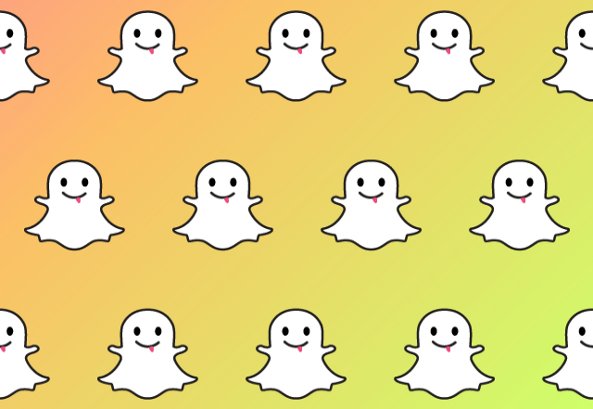Snapchat, the well-known self-destruction photo messaging app, is now offering more avenues for users to create self-destroying messages. With the app’s latest update, the LA-based company is now putting the “chat” into Snapchat by allowing users to send text to each other that will self-delete upon exit. This kind of private and semi-anonymous messaging service has been around for a while, in the form of apps such as Telegram and Confide, but major support for self-deleting messages have never been in high demand. Until now.
As Snapchat pushes the update to all of their estimated 4 million users in a day, the app world will now be able to see if the idea of private, self-destructing, or even anonymous apps can win that precious spot on user’s smartphone.
Apps like Secret and Whisper have attempted to create a user-base with the concept of an “anonymous social network”, which allows users to post or announce anonymous messages to different crowds or selected friends. While Secret has been able to attract attention in Silicon Valley, securing USD $8.6 million from investors like Google Ventures, its growth outside the tech-hub has been quite slow. The app’s feed is basically empty in Asia, however push for users in Europe has been gaining momentum.
By looking at apps like Secret, analysts will be able to see whether or not there is a demand for anonymity and private environments. Whisper, a less-hyped alternative to Secret, uses the slogan: “Share Secrets, Express Yourself, Meet New People” to brand its app as an avenue for users to freely express themselves without having to self-censor or care about being judged. While developers and designers are exploring this new approach, which is very different from the traditional social network centered on friends and family (Facebook and Google +), many see Snapchat as the only service that has been able to reach mainstream popularity. Snapchat has been emphasizing its ability to leave no “cyber breadcrumbs,” and users seem to be appreciating that feature.
The video calling feature itself is also a huge jump improvement from the traditional dialing and calling method. This provides the users with an instant button allowing users to see each other without the need to call. Snapchat is taking its well-known approach of simplifying and “casualizing” experiences, and expanding it to cover new methods of communication, visually and verbally.
Silicon Valley has high hopes for the new Snapchat update, calling it a “brilliant mix of video, texting, and photo sharing.” However, while investors and analysts are celebrating the new Snapchat revolution, some teenagers see the new update as a step backwards, tweeting that it “ruins the original Snapchat experience.”
“I think Snapchat is trying too hard to become like Facebook or some sort of chat, but at the same time it’s nice because there are moments when I want to just casually vid my friends,” said Stephanie L. (11).
As adopters of the updated Snapchat, also struggle to navigate the new redesign, others are concerned about a possible feature overload within the app.
“I think it’s interesting but largely unnecessary. Snapchat is for pictures, I have other apps for messaging,” said Lili B. (11).
Snapchat has definitely created a whole new era for privacy-centered apps but although the company has successfully introduced this new category to mainstream smartphone users, the challenge remains: can they maintain the internet and make a profit?
In the need of privacy and secrecy
May 27, 2014

0



![[PHOTO COURTESY OF PIXABAY]](https://blueandgoldonline.org/wp-content/uploads/2025/03/white-18227_1280-1200x803.jpg)

![[PHOTO COURTESY OF PIXABAY]](https://blueandgoldonline.org/wp-content/uploads/2025/03/fire-6706674_1280-1200x800.jpg)
